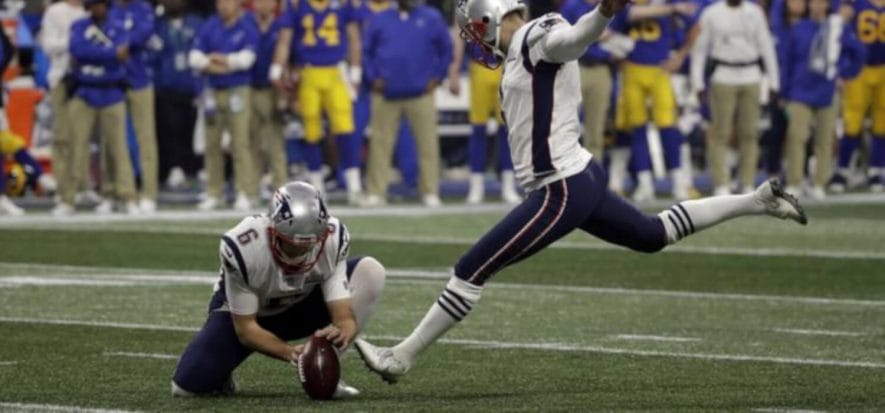“It’s self-evident, but you could not play football without football balls. And yet, people do not pay attention to the protagonist that has played in over 1.5 million games organized by NFL since its foundation in 1941”. It may have been like this also on the occasion of the 53rd edition of the Super Bowl, when the New England Patriots beat the Los Angeles Rams 13-3 and won the title as champions. The (US) evening of February 3rd all eyes were probably focused on the timeless Tom Brady, but not on the object that “measures 28 centimeters in length and 56 centimeters in circumference at its widest point” and that “weighs among the 390 and 420 grams depending on the thickness of the four leather panels”. Sport Illustrated was the one putting the football ball at the center of the scene, in a reportage on the work that is behind it and on the whole chain, genuinely made in the US, which leads from the cattle breeding to the Wilson factory.
How a ball is made
The trip of the sports magazine starts in April in an Ohio ranch, where two Holstein steers of more than 5 quintals are taken to the slaughterhouse already selected because their dermas is going to become leather for football balls. Here the staff of Gerten Fur & Hides, the company that sells raw leather, is already present: they are the ones who will carefully look that the machinery that separates the leather from the carcass does not damage it. But this in Ohio is just one of the possible examples: NFL balls tanning raw material also comes from Texas, Kansas, Nebraska and Ontario.
Tanning
After being thrown into salt, the raw material is entrusted to Horween Leather, a tannery in Chicago that has a historical link with American football: in 1920s one of the founder’s sons played into Harvard University team. Horween Leather, Wilson’s sole supplier, follows all the stages of processing: after the first chrome tanning, the semi-finished hides are screened and, depending on the characteristics, addressed to the various uses. Those choices for footballs are then split, finished, cut into panels and finished with a machine that gives the typical surface.
Ready for the field
At this point the path of the leather is almost complete: Wilson has a factory with 130 employees that produces 250,000 balls a year. Not all for the NFL, the professional league: a 20% share is marketed. The luckiest one has trod the lawn of the Super Bowl final.











